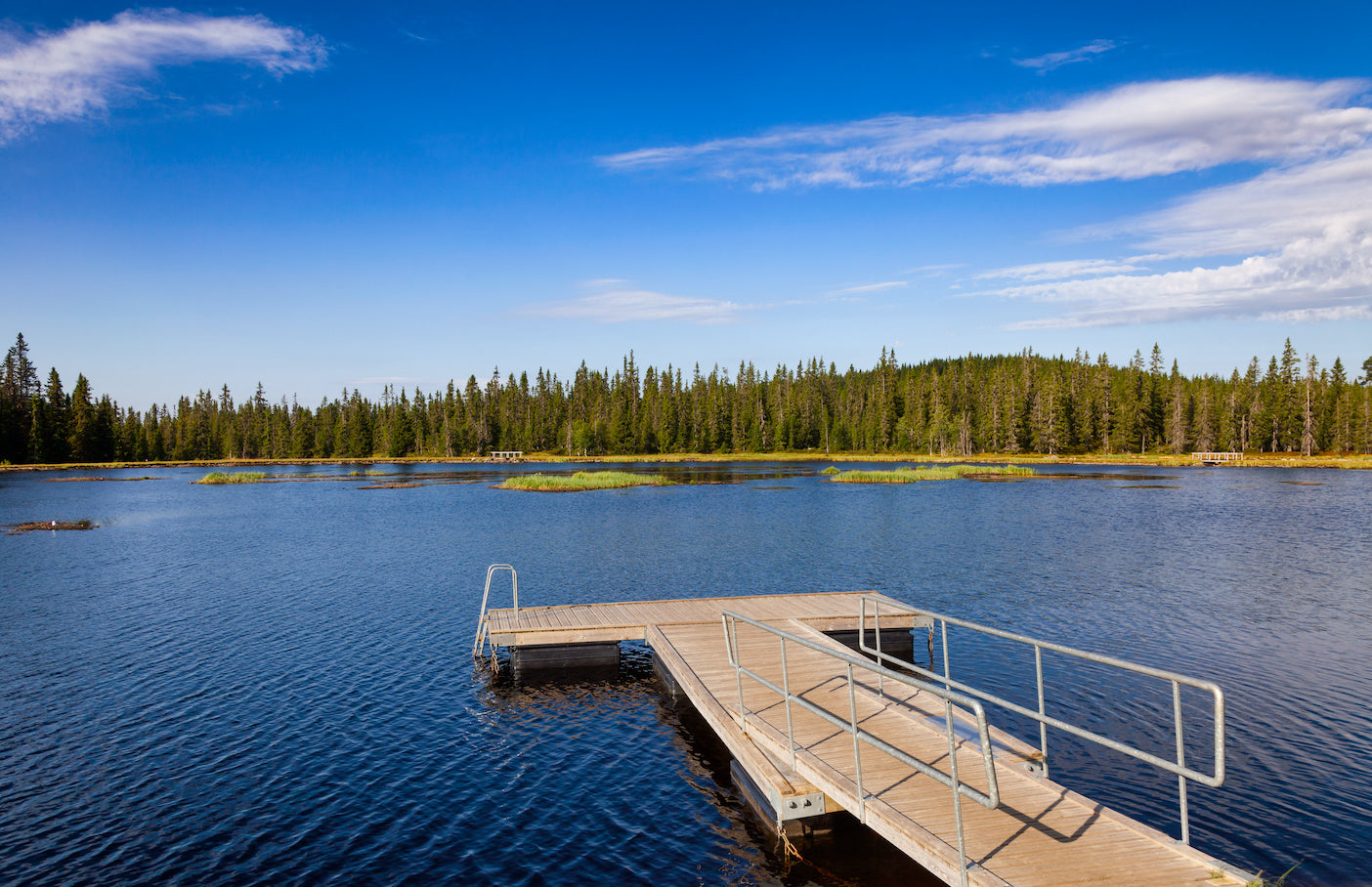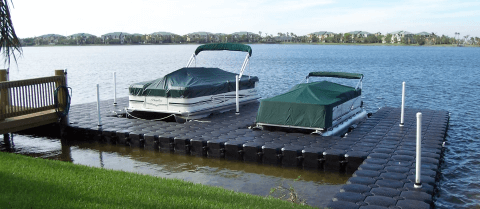Discover the Range of Floating Dock Providers Designed to Suit Every Seafarer's Requirements
Upgrade Your Waterfront With Durable Floating Docks
Upgrading your waterfront with sturdy floating docks can dramatically boost both capability and aesthetics, giving a flexible solution for numerous water activities. These frameworks are created to adapt to rising and falling water levels, ensuring safety and security and ease of access throughout the periods. With a variety of materials offered, including low-maintenance alternatives and traditional timber, choosing the appropriate dock can match your individual style and fulfill useful demands. Comprehending the subtleties of setup and maintenance is important for making certain durability and efficiency. When making this financial investment?, what elements should you think about.
Advantages of Floating Docks
Floating docks offer a wide range of benefits that boost their appeal for various maritime applications. Unlike typical set docks, floating docks surge and loss with the tide, making sure constant ease of access for boats and boat regardless of ecological conditions.
In addition, floating docks are much easier to mount and move, supplying versatility for seasonal or momentary usage. Their modular style enables customization to fit particular needs, whether for personal marinas, residential beachfronts, or commercial applications.
In addition, floating docks create minimal disturbance to the water atmosphere, preserving regional environments and minimizing the likelihood of erosion. They additionally provide improved safety and security and security for users, as their resilient nature provides a more forgiving surface than rigid frameworks.
Additionally, floating docks can help with a varied series of activities, such as angling, swimming, and entertainment boating, making them a valuable asset for waterfront development. Their adaptability and usefulness make floating docks a preferred option for a variety of naval tasks.
Choosing the Right Materials
Selecting suitable materials for floating docks is vital to their durability, performance, and overall efficiency. When selecting materials, take into consideration factors such as ecological exposure, upkeep demands, and architectural integrity. Common materials include timber, plastic, aluminum, and composite choices, each offering distinctive advantages and downsides.
Timber, while visually pleasing, needs routine upkeep to protect against rot and degeneration. Pressure-treated timber can enhance longevity, however it may still give in to water damage gradually. Plastic floats, often made from high-density polyethylene, are immune to corrosion and require marginal upkeep, making them an appealing choice for low-maintenance applications.
Light weight aluminum is one more feasible alternative, recognized for its stamina and lightweight residential properties. It is resistant to rust and can endure rough climate condition, although it may be a lot more costly than various other products. Compound materials combine the most effective features of wood and plastic, providing a resilient and low-maintenance option that resembles the look of timber without the linked disadvantages.
Ultimately, the selection of material should straighten with the meant use, ecological considerations, and budget restrictions, making sure a useful and durable floating dock that fulfills your certain demands.
Installation Refine Review
The effective installation of a floating dock depends on cautious planning and execution, ensuring that it runs properly in its intended setting. The primary step entails examining website problems, including water depth, coastline attributes, and dominating weather patterns, which will educate the dock design and anchoring system.
Complying with the website analysis, the following phase is to prepare the floating dock elements. This consists of assembling the framework, safeguarding drifts, image source and attaching any needed equipment. It is crucial to guarantee that all connections are durable and waterproof to withstand marine conditions.
When the dock is put together, the setup process begins with placing the dock in the water. This can entail a crane or various other training tools, especially for larger structures. Correct alignment is important for performance and security.

Maintenance Tips for Long Life
Routine upkeep is necessary for ensuring the long life and optimal efficiency of a floating dock. To accomplish this, start with routine inspections at the very least twice a year, focusing on the stability of the dock's framework, including the flotation protection devices and linking equipment. Look for indications of corrosion, damages, or wear, and resolve any type of issues immediately to avoid additional deterioration.
Cleaning up is one more critical facet of upkeep. Get rid of debris, algae, and barnacles from the dock's surface to stop unsafe problems and maintain aesthetic charm. Utilize a light cleaning agent and a soft brush to avoid damaging the dock's materials.
Furthermore, make certain that the dock is properly anchored and secured to endure seasonal modifications in water degrees and climate condition. Inspect the anchoring system for stability and make adjustments as required.
Enhancing Your Outdoor Visual
To develop an aesthetically attractive outdoor room, incorporating a floating dock can substantially boost the overall aesthetic of your waterfront residential property. Floating docks are not only useful yet can likewise function as a striking prime focus that complements the natural surroundings - floating dock services. Available in different materials and styles, these docks can be tailored Check Out Your URL to match your home's architectural design and landscape
The addition of attractive aspects, such as integrated illumination or stylish barriers, further boosts the dock's visual allure. Think about using natural wood surfaces, which blend perfectly with the environment, or opting for contemporary products like light weight aluminum or composite outdoor decking that provide a sleek, contemporary appearance.
Purposefully positioning planters or seating areas on or around the dock can create inviting rooms that motivate leisure and satisfaction of waterfront views. Furthermore, integrating colors and structures that balance with your landscape will create a natural aesthetic throughout your exterior area.

Final Thought

Updating your beachfront with resilient floating docks can considerably enhance both capability and aesthetics, offering a versatile remedy for different water activities. Unlike typical fixed docks, floating docks surge and loss with the tide, making sure constant availability for boats and boat regardless of environmental problems.Choosing ideal products for floating docks is important to their long life, efficiency, and total effectiveness.As soon as the dock is constructed, the installment procedure commences with positioning the dock in the water.In recap, floating docks deal various benefits, consisting of flexibility to water degree modifications and a variety of material read this post here choices.